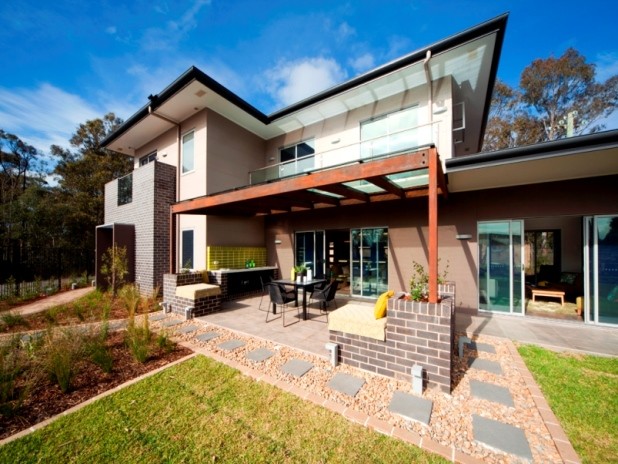“Are we there yet?” asked Australian gumnut classics Snugglepot and Cuddlepie, in the 2007 musical adaptation of their adventures. Similarly, manufacturers, suppliers, environmentalists and engineers talking about their sustainable products and materials at the latest in the Green Building Council of Australia’s Innovation Series want to reach their destination – but there is still a way to go.
Hosted at Interface’s office in Sydney, Tom Davies, Environment Edge founding director and chairman, began the evening’s life cycle and waste reduction thrust. He was followed by Interface’s sustainability and lean manager Aidan Mullan, who explained that the company’s zero waste to landfill program at its new factory in Minto, separates difficult wastes at source and aims to emulate nature, wasting nothing, or as little as possible. It is best to reuse and recycle and educate, train and engage employees along the way, he said.
Although the company has made big impacts, Mullan admitted they are possibly still another 20 years away from their goal. The yarn itself is still a significant emitter, and replacing petro-chemically derived fibres with recycled fibres is one of the biggest challenges, as the website also notes. Reprocessing the product at the end of its life and co-innovation across Interface’s global offices in research and on to manufacture are promising endeavours.
Scott Clarkson, CSR project manager and civil engineer, spoke of energy saving product integration to increase energy efficiency and monitor cost, with development of an 8 -star energy rating home consuming 70 per cent less energy than more common equivalent-sized new homes.
 CSR House
CSR House
CSR’s product-centred approach competes against greenwash, he said, while the focus is on whole-of-building performance, looking at wider product applications ( Viridian’s triple-glazing, for Australia, would be something quite new), developing then implementing solutions, focusing on the quality of construction and backing up with warranties. Clarkson suggested that sustainability may have to be delivered as a Trojan horse, with more confronting concepts such as thermal comfort bursting from more general concepts such as comfort.
Bluescope Steel’s Nicole Sullivan spoke of the next generation of Zincalume, with an improved metal coating formula, using less energy, and responding to the maxim of getting more out of each product. Life cycle assessments cut across 18 different categories and the company’s “industrial ecology” focuses on ways to make products more efficient, using less materials and energy, for instance replacing fresh water from dams with recycled tertiary-treated water. Looking ahead, “where to now” includes horizontal, modular solar roof profiles.
Nanotechnology for Laing O’Rourke innovation engineer, Dr Monica Hanus-Smith, has excitement and potential, improving concrete strength, or leading to materials with self-cleaning surfaces feeding off external light (and to excited speculation among some attendees about the possibility of self-cleaning nappies). However, there is still limited awareness – and embracing – of nanotechnology, she said. It suffers from false expectations with a failure to distinguish between what is available and what people think might be – or is – available.
The message from all was positive but cautionary with realistic, rather than overly optimistic, appraisals.
Deborah Singerman is a Sydney-based journalist and editor, specialising in architecture and design, including city, community, society, economy, sustainability and culture.

